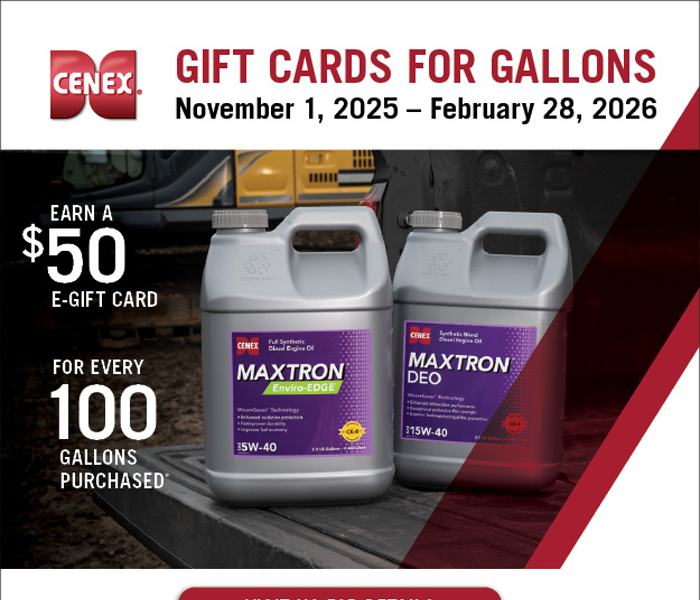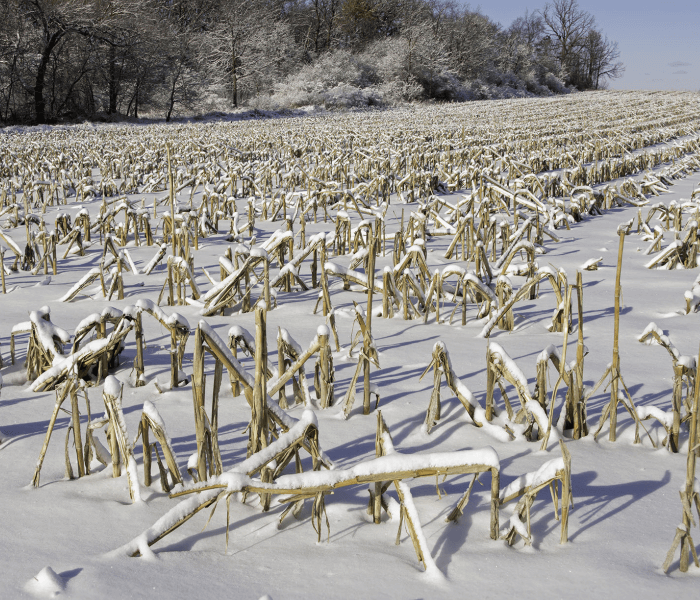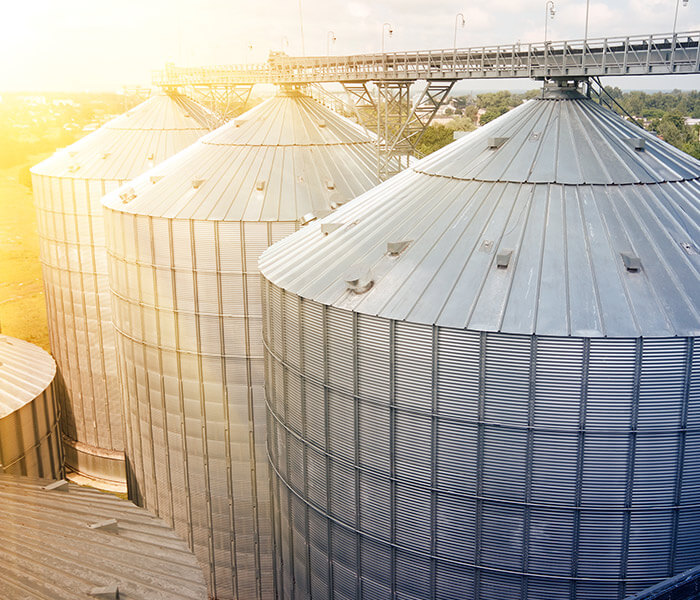Maximize Your Spring Planting - Key Tips for Success
Your seeds highest yield potential is while it is still in the bag. It is important to start your spring with good practices to maintain and protect as much yield as possible.
✅DO: Ensure Equipment is Ready
Before heading to the field, check your planters drive system, seed tubes, and calibration to ensure everything is in top shape.
✅DO: Be Patient and Wait for Optimal Conditions
Avoid planting in cold or wet soil. Wait until soil temperatures reach 50°F at a 2-inch depth and are expected to stay there for at least two days. This helps reduce the risk of chilling injury to seeds.
❌DON'T: Plant in Poor Conditions
Avoid planting when the soil is too wet (causing compaction and seed rot) or too dry (leading to poor germination). Wait for the right soil moisture and temperature.
✅DO: Plant at the Right Depth
Aim for a minimum planting depth of 1.5 inches for both corn and soybeans. In dry conditions, consider planting deeper to ensure good seed-to-soil contact.
✅DO: Focus on Seed-to-Soil Contact
Firm soil around the seed is key for consistent moisture absorption and even emergence.
✅DO: Use Starter Fertilizers & Growth Regulators
Consider using products like Ascend²® PGR to promote early plant growth and enhance root development—especially helpful in challenging conditions like cool or dry weather.
❌DON'T: Overlook Monitoring Your Planter
Check your planter regularly to ensure uniform seed spacing, as skips or doubles can impact yield.
✅DO: Call Your Agronomist with Questions
If you're ensure about any aspect of planting, reach out to your local Premier agronomist for expert service.
Set your fields up for success by taking the time to make the right planting decisions. Reach out to your Premier agronomist to learn more.
Rod Redman
Agronomy Division Manager




